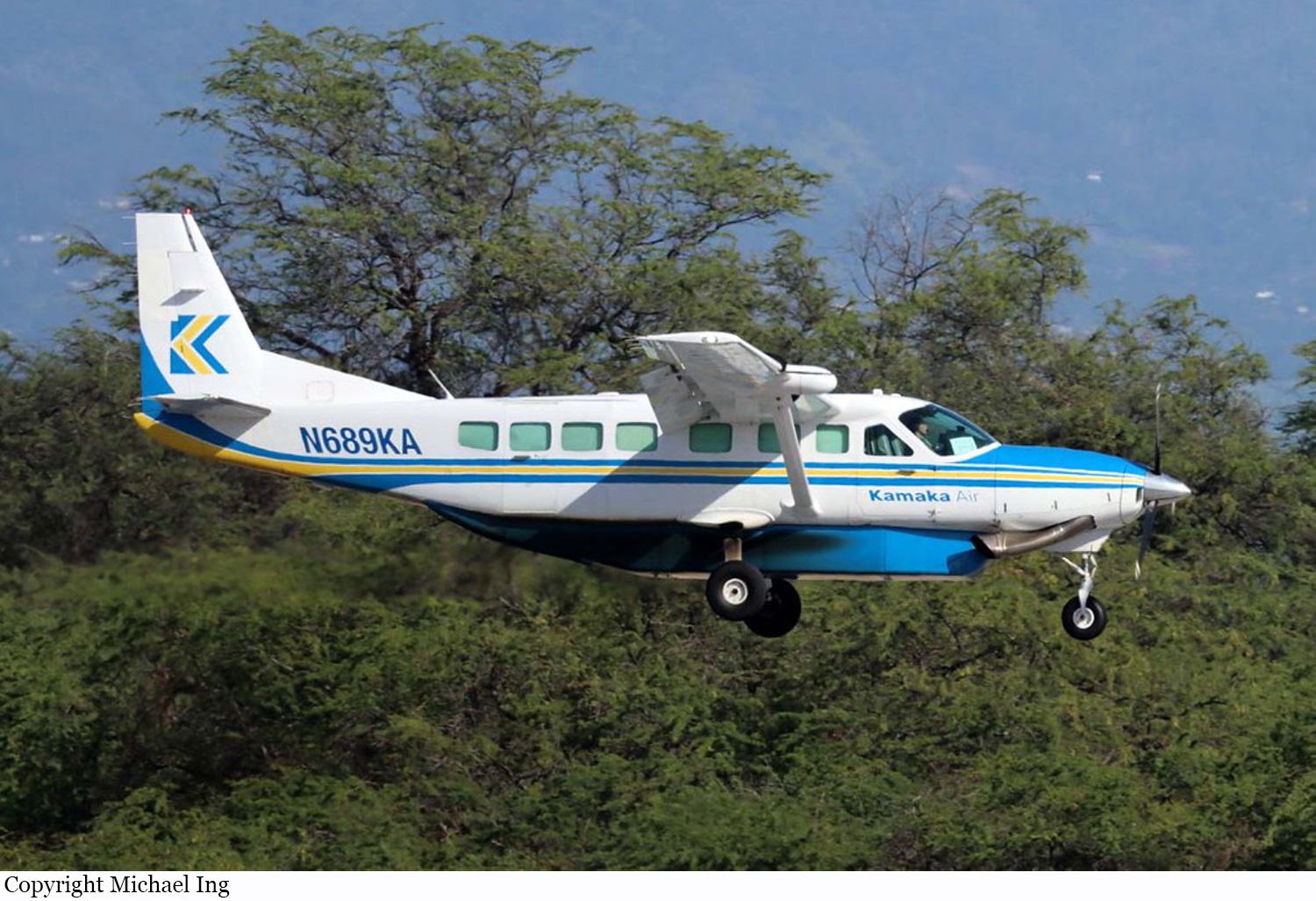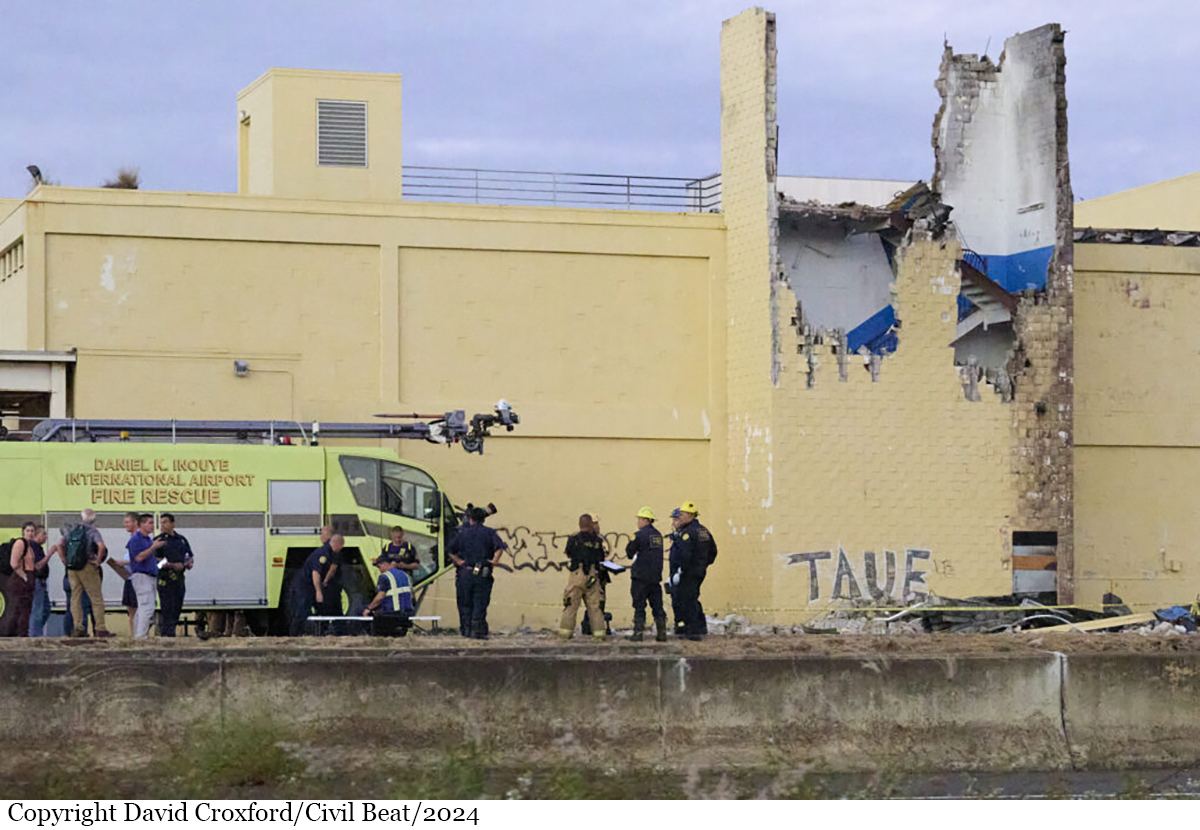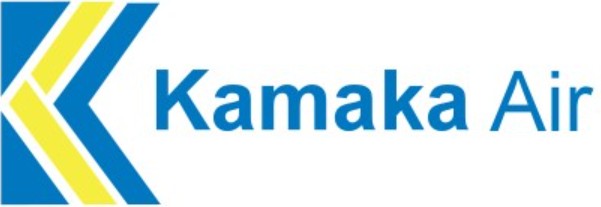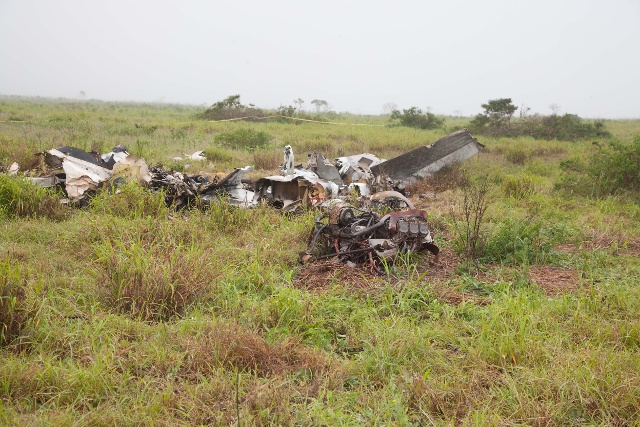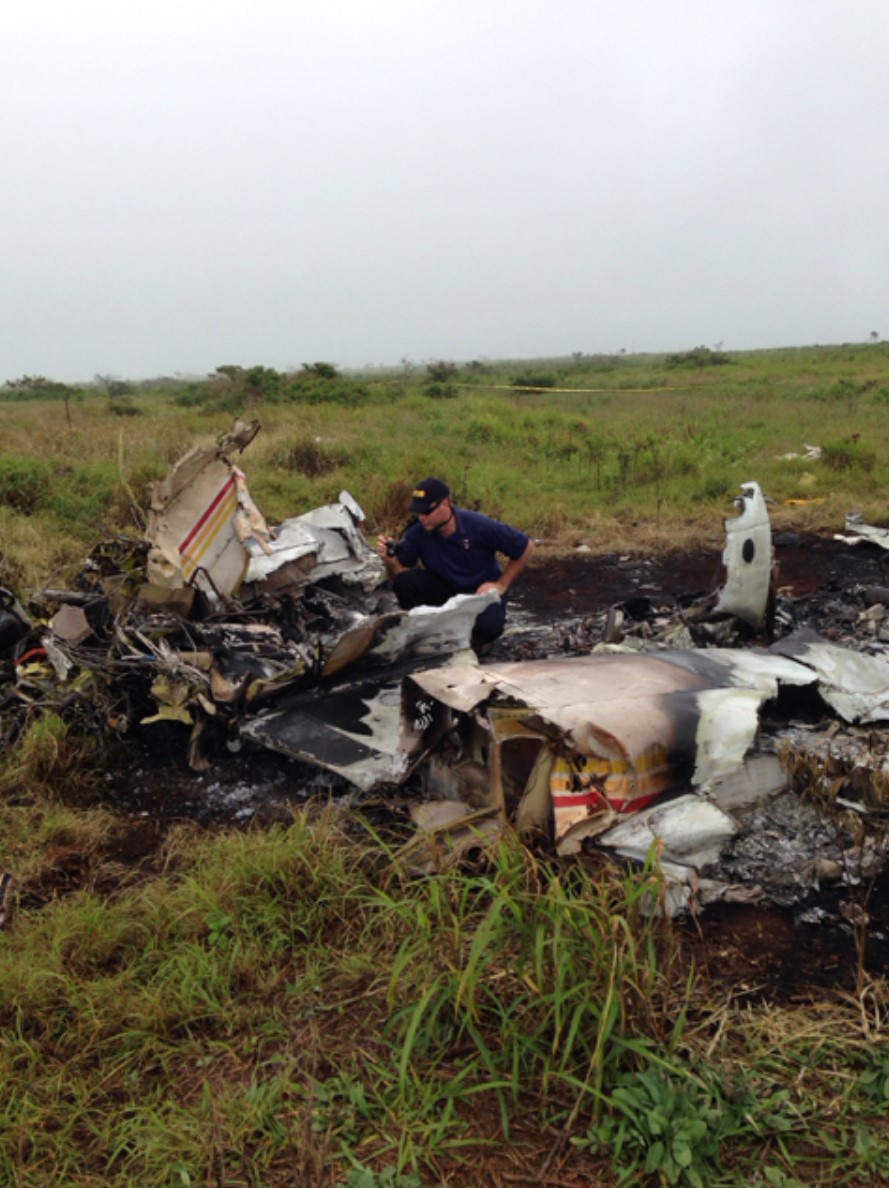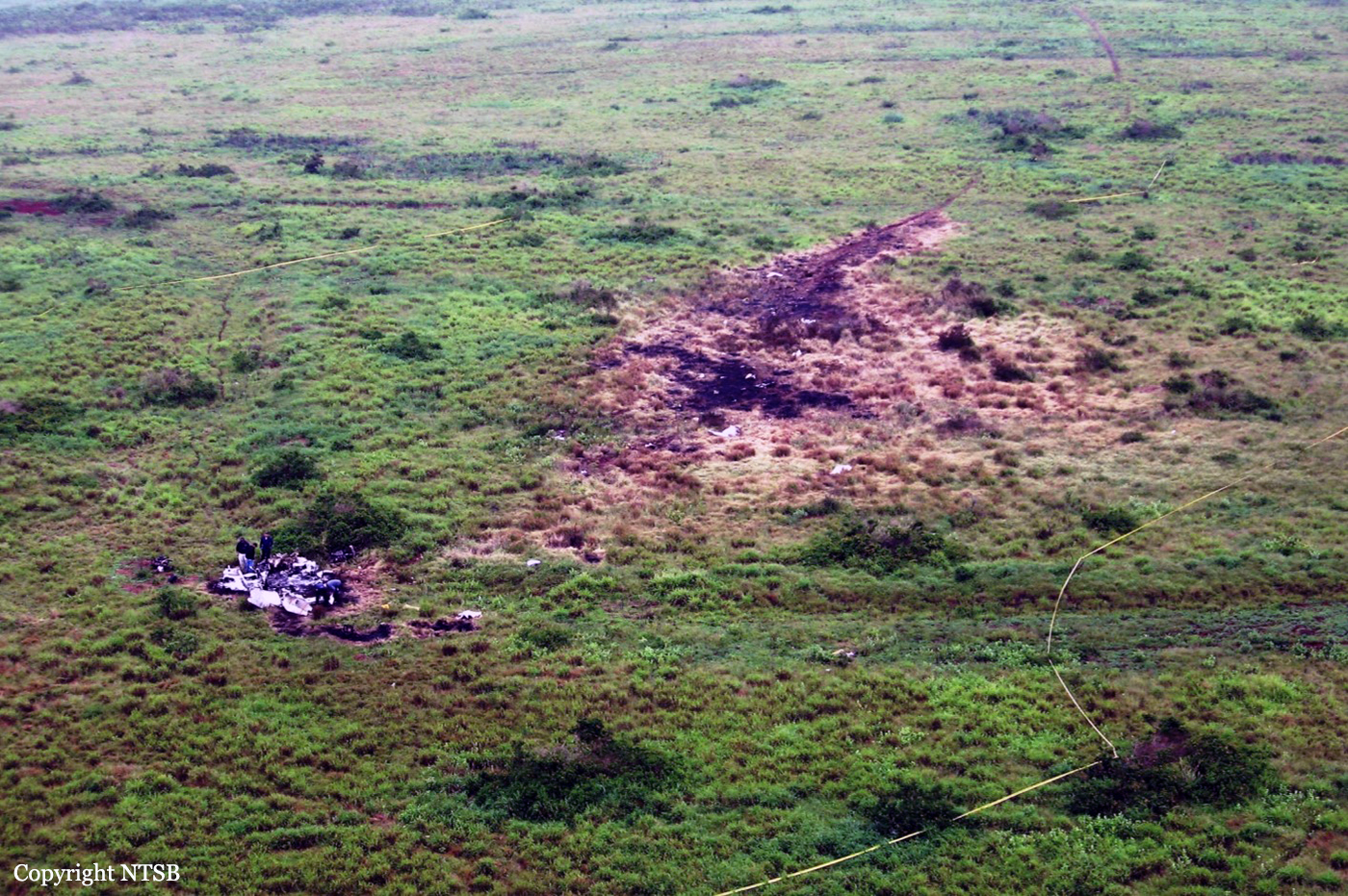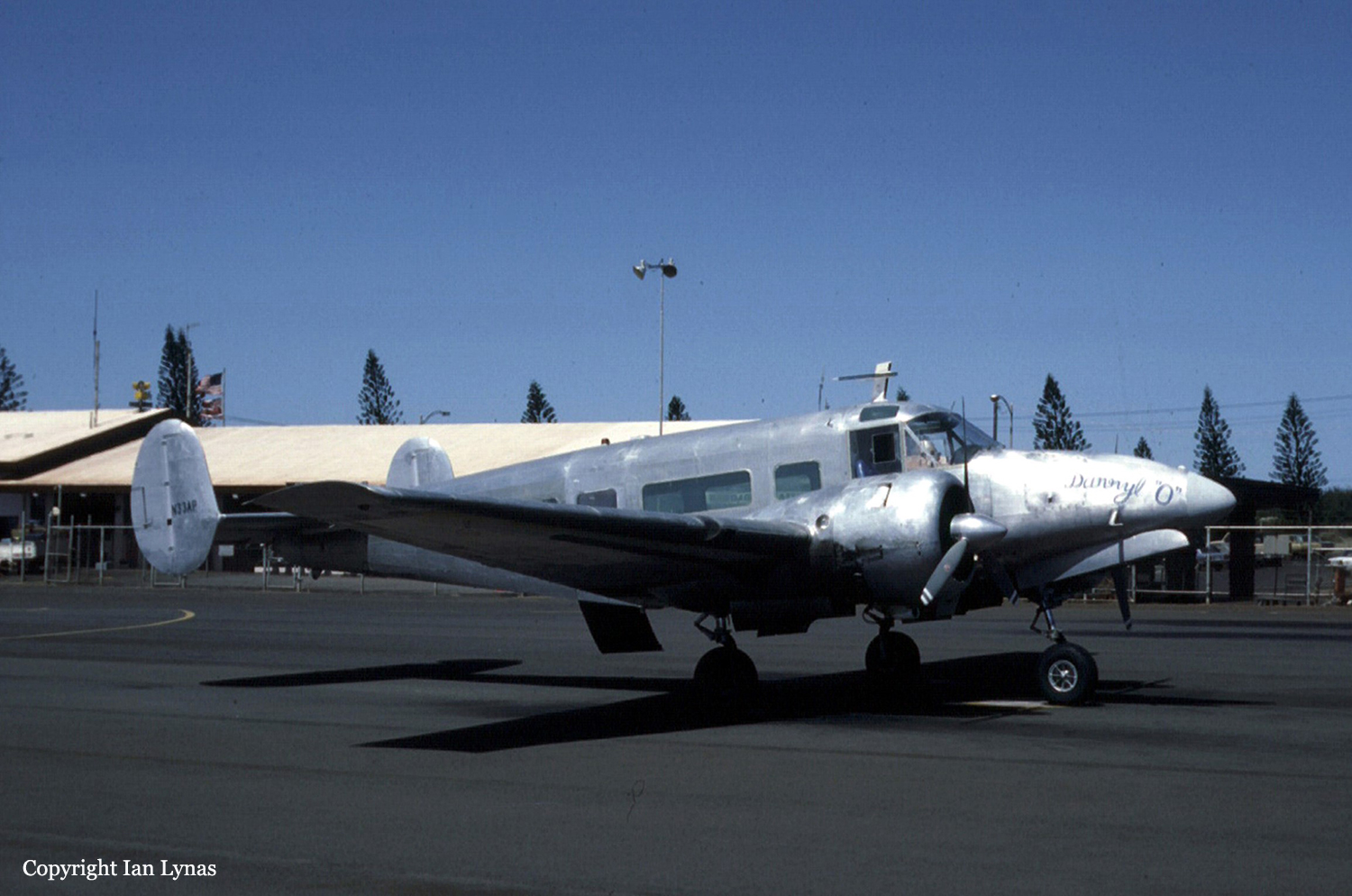Crash of a Cessna 208B Grand Caravan in Honolulu: 2 killed
Date & Time:
Dec 17, 2024 at 1515 LT
Registration:
N689KA
Survivors:
No
Schedule:
Honolulu - Lanai
MSN:
208B-2308
YOM:
2011
Flight number:
KMK689
Crew on board:
2
Crew fatalities:
Pax on board:
0
Pax fatalities:
Other fatalities:
Total fatalities:
2
Circumstances:
Shortly after takeoff from runway 04L at Honolulu-Daniel K. Inouye Airport, while climbing, the single engine airplane entered a left bank instead initiating a right turn as instructed by ATC. The airplane then descended into the ground and crashed on a vacant building, bursting into flames. The airplane was totally destroyed and both occupants were killed.
